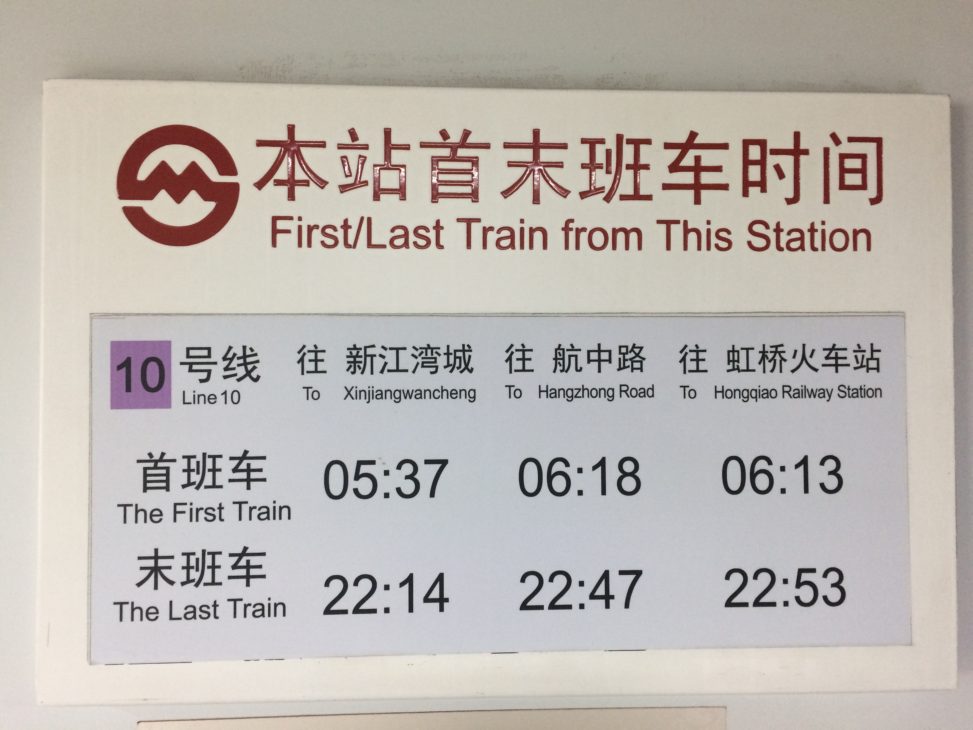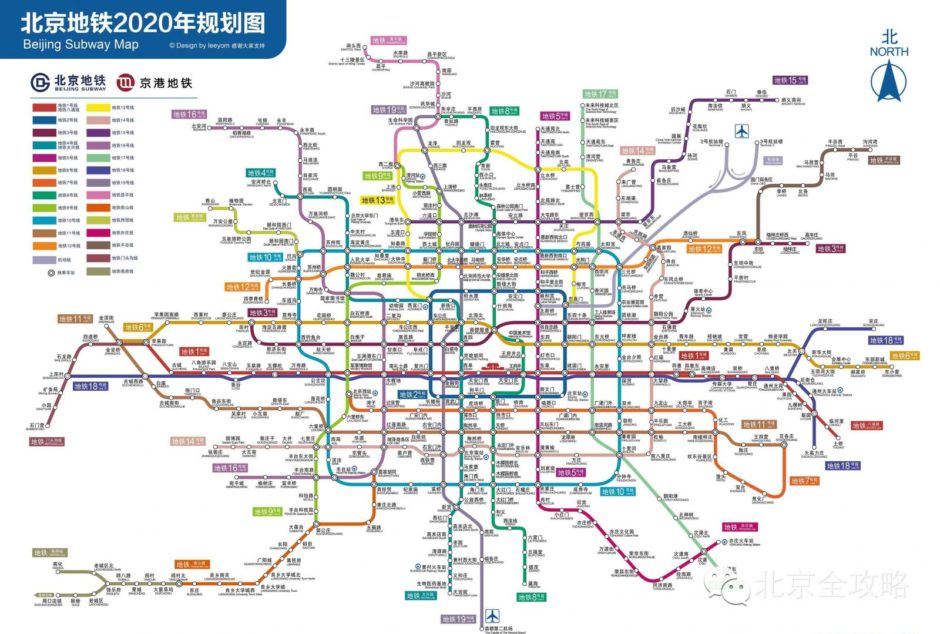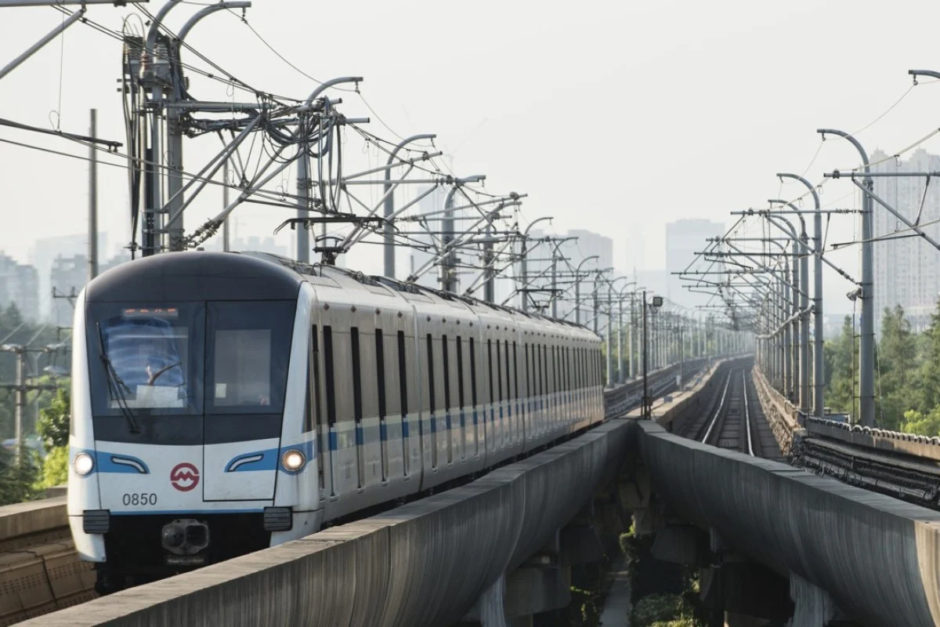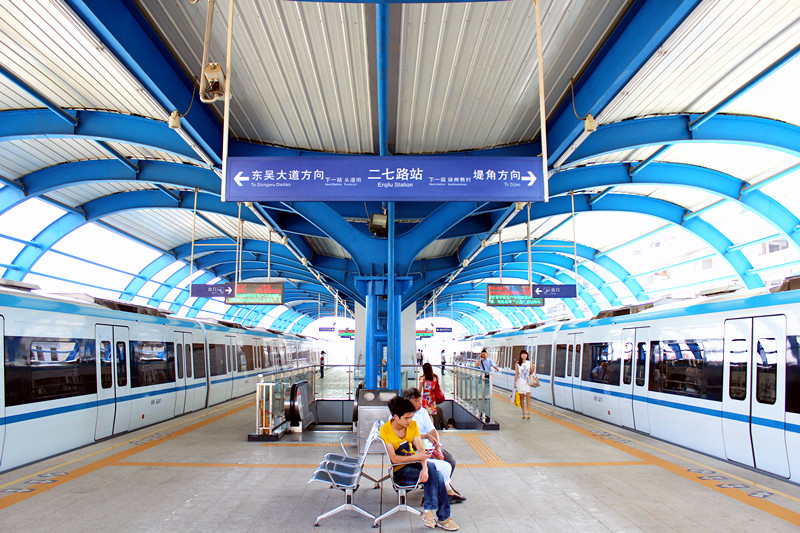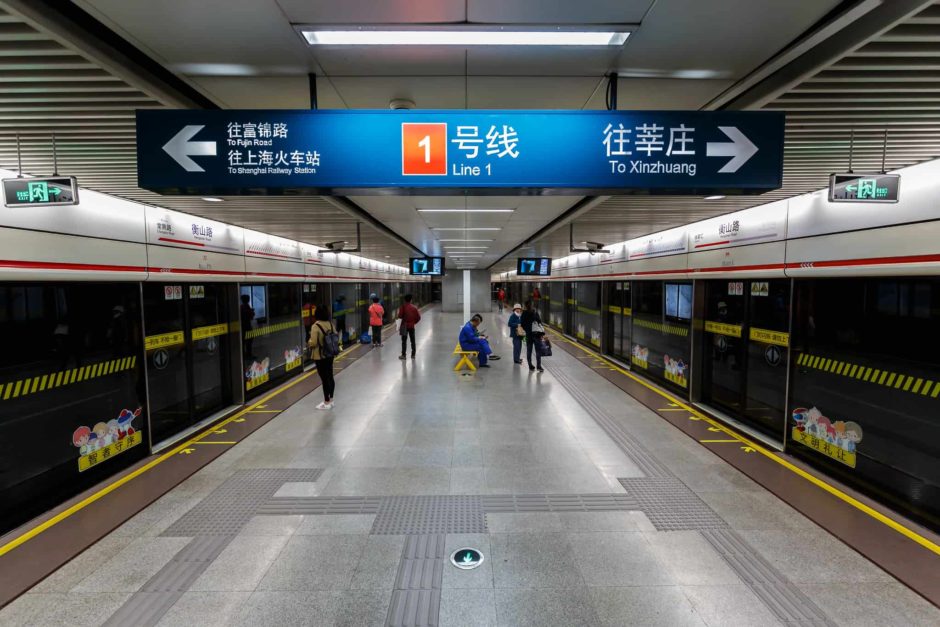Public transportation in the urban and suburban areas of China has undergone a massive upgrade from the bus system of the past.
Every major city in China has constructed or is still constructing parts of a continually expanding urban transit rail system. The systems are a combination of underground subway lines, ground or near ground level, and elevated bridge rail tracks.
Beijing had the first subway system in China, opened in 1969 for trial operations and then a limited opening to the public in 1971 with just one line. A second line began running in 1984. Preparations for the Beijing 2008 Summer Olympics spurred construction of three new lines, including one to the Capitol Airport. Since then, the number of lines has steadily increased and as of 2022 stands at 25.
Shanghai calls their system the Metro and the first lines were opened in 1993. As of 2022, there are 19 operational lines in Shanghai, including ones running directly to Shanghai’s multiple long distance train stations and two major international airports (Pudong and Hongqiao).
Many of the rail transport systems in China are called Metro, including Shanghai, Nanjing, Shenzhen, and Tianjin. The logos for Metro branded subways in China are usually stylised M’s.
Some of the rail system track in Chinese cities is above ground, either at ground level or on an elevated bridge. The trains run on electricity provided from above carriage harnesses.
China has the world’s longest urban rail transit system with track covering over 4500 miles. China has over 200 urban rail transit lines into operation in 44 cities. The cities of Shanghai, Beijing, Guangzhou, Chengdu and Shenzhen are the top 5 rail systems measured in length.
